-
COMPLETE COLLECTION (22 Episodes)
Come with us to the world’s finest museums to uncover secrets dark and strange. The newest museums added to the series include the Smithsonian Institution, Madrid’s Palacio Real, the Chateau of Versailles, the Israel Museum, the National Maritime Museum in London, Florence’s Uffizi Gallery, Tunisia’s Bardo and the State Historical Museum, Moscow.
Here's a sneak peek of some of the stories included in the package:
We search for King Herod’s tomb, investigate the conspiracy behind an assassination, prove that a leather shield can be better than steel and discover the connection between an ancient amulet and Star Trek’s Mr. Spock. Museums include the Smithsonian Institution, Madrid’s Palacio Real, the Chateau of Versailles, the Israel Museum, the National Maritime Museum in London, Florence’s Uffizi Gallery, Tunisia’s Bardo and the State Historical Museum, Moscow.
-
AMERICAN & MEXICAN COLLECTION
The Smithsonian Institution; the Metropolitan Museum of Art; The American Museum of Natural History; and the National Museum of Anthropology in Mexico.
THE SMITHSONIAN INSTITUTION: Established in 1846 by a scientist named James Smithson, The Smithsonian is the largest museum and research complex in the world, with over 10 million visitors every year, and nearly 137 million specimens and artifacts.
THE METROPOLITAN MUSEUM OF ART (known informally as the Met) is one of the world's largest art galleries, boasting over 2 million works from prehistory to the present day in galleries visited by over 5 million people every year. Here we discover tales of tragedy, madness and even murder.
THE AMERICAN MUSEUM OF NATURAL HISTORY: From dinosaurs to meteorites to the origins of the human species, the American Museum of Natural History boasts 32 million exhibits, and over 4 million annual visitors, along with a stellar research staff that mounts over 100 expeditions every year.
THE NATIONAL MUSEUM OF ANTHROPOLOGY, MEXICO: This impressive modern museum, visited by 2 million people every year, tells the story of Mexico from before the Mayan civilization to the Spanish conquest.
-
EUROPEAN COLLECTION
Berlin's Museum Island, Kunsthistorisches Museum in Vienna, Louvre in Paris and the Uffizi Gallery in Florence.
BERLIN: On the famed “Museum Island” in the river that winds through Berlin are five world-class museums that display antiquities from prehistory to the mid 20th Century.
VIENNA: The Kunsthistorisches Museum is a treasury of antiquities and weaponry collected by the royal family known as the Habsburgs – a dynasty that ruled much of Europe for 500 years.
PARIS: Once a royal palace, the Louvre is now one of the world's greatest museums boasting 35,000 objects from prehistory to the 19th century, and visited by over 8 million people every year.
FLORENCE: Visited by one and half million people every year, the Uffizi is one of the oldest art museums in the western world, boasting paintings and sculpture by the greatest masters of the Renaissance.p
-
UK & CANADA COLLECTION
London's Natural History Museum, National Maritime Museum and Imperial War Museum; Toronto's Royal Ontario Museum.
LONDON'S NATURAL HISTORY MUSEUM is a cathedral of nature, housing over 70 million specimens, and visited by more than 4 million people every year. From strange creatures that inhabit the ocean depths, to meteorites from far away worlds, the secrets of the past and discoveries of the future lurk in galleries and backrooms, waiting to be discovered.
THE NATIONAL MARITIME MUSEUM collection allows visitors to trace the origins of British sea power, its accomplishments in the age of empire, and its consequences in the world today.
THE IMPERIAL WAR MUSEUM tells the story of Britain at war, from World War One to the present, through a collection of 10 million items – from guns to planes to medals to cyanide pills – at five locations in England visited by over 2 million people every year.
TORONTO's ROYAL ONTARIO MUSEUM is an eye-popping landmark and a national treasure chest – Canada’s largest museum of culture, archeology and natural history, containing more than 6 million artifacts, and visited by over a million people every year.
-
MEDITERRANEAN COLLECTION
Israel Museum in Jerusalem; Bardo Museum in Tunis; National Archaeological Museum in Athens; Topkapi Palace Museum in Istanbul.
ISRAEL MUSEUM, JERUSALEM: Visited by a million people every year, the Israel Museum features the most extensive collection of biblical and Holy Land archeology in the world.
BARDO MUSEUM, TUNISIA: Established within a 19th Century palace, the museum features thousands of artifacts from excavations carried out throughout Tunisia, that date from the nation’s Carthaginian, Roman, Byzantine and Ottoman periods.
NATIONAL ARCHAEOLOGICAL MUSEUM, ATHENS: The world’s most important museum dedicated to the history of ancient Greece, the National Archaeological Museum boasts 11,000 exhibits from 7000 BC to the Roman conquest.
TOPKAPI PALACE MUSEUM, ISTANBUL: Once the palace of the Sultans of the Ottoman Empire, Topkapi is a vast treasury of Islamic culture, science and weaponry, visited by over 2 million people every year.
-
American Museum of Natural History
NEW YORK: From dinosaurs to meteorites to the origins of the human species, the American Museum of Natural History boasts 32 million exhibits, and over 4 million annual visitors, along with a stellar research staff that mounts over 100 expeditions every year.
In this episode, we meet an American farm boy whose love for Africa changed the image of African wildlife from scary to noble. We witness the mating rituals of a 400 million year old crab whose unique blood harbors secrets crucial to modern medicine, then crack open a dinosaur egg to uncover a clue that overturns a long held misconception about a supposedly murderous species. We run a relay race through Manhattan to investigate whether Incan knotted strings were capable of carrying encrypted messages, then blast off on a space mission to bring back comet dust that may hold the secret of how life began on Earth. And finally, we follow museum explorers as they capture animals to extract their DNA, to be preserved in the museum’s sub-zero storage facility – a blueprint of life for future generations.
-
Bardo National Museum
TUNIS: Established within a 19th Century palace, the museum features thousands of artifacts from excavations carried out throughout Tunisia, that date from the nation’s Carthaginian, Roman, Byzantine and Ottoman periods.
In this episode we expose Hollywood myths about Roman Gladiators, then find out if historical reports of child sacrifice are myths as well. We fire Roman catapults to test their killing power, then meet a camel whisperer to discover how he convinces camels to take him where he wants to go. We climb a mountain to survey Roman era waterworks, then meet a Star Wars super-fan as he discovers the connection between his favouritesci-fi franchise and the culture of a desert land.
-
Chateau of Versailles
VERSAILLES: What was once a royal palace is now a museum of French culture and history attracting 3 million visitors every year.
In this episode we take a Musketeer training course to discover the real man behind the fictional D’Artagnan. We find out why Champagne bubbles (and if it’s good for you), then discover that Marie Antoinette was not the frivolous dim-wit that some would have us believe. We examine a strange weapon created by an inventive assassin, then investigate the suspicious death of a king’s mistress. And finally, we visit an historic French observatory to recreate a discovery that connects humanity to the stars.
-
Egyptian Museum
CAIRO: Cairo's Museum of Egyptian Antiquities boasts 120,000 items – the world’s largest collection of Pharaonic antiquities, including 27 mummies of the Royal Cache and the treasures of King Tutankhamen.
We search for the lost tomb of Ramesses the Great, then, guided by a mummy’s head wounds, we recreate the last moments of an ancient king to discover if he was a brave man or a coward. We visit the stomping grounds of Indiana Jones to discover how a poor Pharaoh amassed a hoard of gold to rival King Tut, then enter an underground animal necropolis to find out why ancient Egyptians mummified cats, baboons and falcons by the millions. We discover cryptic inscriptions on a pyramid’s capstone that reveal the secret of the pyramid’s spiritual power, and finally… We enter the pyramid of King Khufu to search for his true likeness in a chamber from which we can spy a locked unopened door.
-
Imperial War Museum
LONDON, UK: The Imperial War Museum tells the story of Britain at war, from World War One to the present, through a collection of 10 million items – from guns to planes to medals to cyanide pills – at five locations in England visited by over 2 million people every year.
In this episode, we descend into Churchill’s top secret underground bunker to discover why he was an irreplaceable leader. We find out how a London housewife became a spy who withstood horrific Nazi torture to protect a vital secret, then take cover in a World War One trench as we reveal the story of a Nobel Prize winning physicist whose discovery turned the tide of the war. We meet an aging cold warrior who exposes dark truths about atomic weapons hidden from the British people for 50 years, then fly above Iraq with British top guns to discover how to stay frosty when enemy missiles lock on. And finally we follow a team of military researchers as they close in on the holy grail of camouflage: how to make a soldier invisible.
-
Israel Museum
JERUSALEM: Visited by a million people every year, the Israel Museum features the most extensive collection of biblical and Holy Land archeology in the world.
In this episode, we investigate a heel bone with a nail through it that has the power to change the accepted image of Christ’s crucifixion. We open a vault that contains an ancient coin, revealing how a Jewish rebel nearly defeated the mighty Roman Empire. We search for the villainous King Herod, then descend into the tomb of the Virgin Mary to discover why it contains a sacred Muslim symbol. We uncover a secret kept for centuries by the citizens of a seaside Jewish town. And finally, we discover what an ancient amulet has in common with a science fiction character known as Mr. Spock.
-
Kunsthistorisches Museum
VIENNA: The Kunsthistorisches Museum is a treasury of antiquities and weaponry collected by the royal family known as the Habsburgs – a dynasty that ruled much of Europe for 500 years.
In this episode, we visit the crypt that entombs many generations of the Habsburg royal family, then meet a geneticist who is attempting to discover how inbreeding led to their demise. We go hunting with falcons to discover how one Habsburg emperor’s hobby lay the foundation for modern science, then recreate the alchemical experiment that led another emperor to believe that silver could be transmuted into gold. While learning the proper way to do the Viennese waltz, we discover how a dance craze impacted European history, then recreate a strange piece of ancient armor to find out how and why it was designed to explode. And finally, we meet a detective who takes us on the trail of a thief who purloined the museum’s most valuable treasure.
-
Louvre
PARIS: Once a royal palace, the Louvre is now one of the world's greatest museums boasting 35,000 objects from prehistory to the 19th century, and visited by over 8 million people every year.
In this episode we chase the brazen thief who stole the Mona Lisa to find out how she was recovered and how she became so famous, then scrutinize the official portrait of Napoleon’s coronation to reveal a canvas of lies. We re-stage the jousting accident that killed a king to discover whether his head wound was inevitably fatal, then enter the turbulent life of a young artist to find out whether he was driven mad by sexual guilt or his attempts to paint a tragedy at sea. And finally, we probe a king’s assassination to discover if the assailant was a lone knife-man or in league with an evil Queen.
-
Metropolitan Museum of Art
NEW YORK: The Metropolitan Museum of Art (known informally as the Met) is one of the world's largest art galleries, boasting over 2 million works from prehistory to the present day in galleries visited by over 5 million people every year. Here we discover tales of tragedy, madness and even murder.
We examine the armor of Henry VIII to discover how he got so fat and crazy, then enter New York high-society to reveal how a nude sculpture led to a brutal murder. Inside a vast Egyptian temple (enclosed within the museum’s walls) we search a secret chamber to discover why the temple’s statues celebrate the foreign emperor who conquered the land of the Pharaohs. We touch the Holy Grail (or maybe not) to discover what gives religious relics their power, then discover how a museum curator invented modern body armor. And finally, in a lab equipped with the latest NASA technology, we discover how museum scientists use art to solve mysteries of the past and present.
-
National Archaeological Museum
ATHENS: The world’s most important museum dedicated to the history of ancient Greece, the National Archaeological Museum boasts 11,000 exhibits from 7000 BC to the Roman conquest.
In this episode, we accelerate an ancient warship to ramming speed to discover why Athenian democracy beat Persian tyranny, then visit a king’s grave to reveal how bogus archeology helped fuel the pseudo-historical ravings of Adolf Hitler. We suit volunteers in armor made of bronze and armor made of linen, and then shoot arrows at them to discover which is better. (Spoiler: Alexander the Great preferred linen.) We visit the cave where Plato and Pythagoras secretly imbibed psychedelic chemicals, then go underground to face our fears in the labyrinth that inspired the myth of the Minotaur. And finally, we meet an engineer who has spent a lifetime recreating an ancient gadget called the Antikythera Mechanism to reveal its mysterious purpose.
-
National Maritime Museum
LONDON: The National Maritime Museum collection allows visitors to trace the origins of British sea power, its accomplishments in the age of empire, and its consequences in the world today.
In this episode we fire musket balls at Lord Nelson to discover who really killed him. We join an anti-piracy commando raid, then board Captain Bligh’s dingy to discover how he and his fellow castaways made it home alive. We search for Franklin’s lost arctic expedition, then find out how to survive a lightning strike at sea. And finally, we investigate how to defuse a mine without getting blown out of the water.
-
National Museum of Anthropology
MEXICO CITY: This impressive modern museum, visited by 2 million people every year, tells the story of Mexico from before the Mayan civilization to the Spanish conquest.
In this episode, a chemical engineer and some Mexican athletes help us discover whether the rubber ball used on the ancient Mayan playing field contained a human skull. We dive into a watery cave to discover the Mayan path to the afterlife, then investigate the power of a crystal skull to reveal the secrets of the dead. We pilot an ancient canoe through Aztec canals to discover why modern Mexico City is sinking, then discover how a valiant gladiator defeated a score of Aztec warriors armed with the world’s sharpest swords. And finally, we discover how a dress worn by the most notorious woman in Mexican history led to a massacre that changed history.
-
Natural History Museum
LONDON, UK: London's Natural History Museum is a cathedral of nature, housing over 70 million specimens, and visited by more than 4 million people every year. From strange creatures that inhabit the ocean depths, to meteorites from far away worlds, the secrets of the past and discoveries of the future lurk in galleries and backrooms, waiting to be discovered.
In this episode we examine a skull to discover if prehistoric Britains were cannibals, then pull a killer shark from a pool of formaldehyde to find out how it helped swimmers win Olympic gold. We dare a curator to handle a famous gem said to kill all who touch it, then enter a once top-secret room where WWII spymasters created a bomb that came within a hair’s-breadth of killing Hitler. We view the remains of Barbary Lions to find out why they spent their lives in the Tower of London, then consider a perfectly preserved specimen of a Dodo, to discover whether the flightless bird’s extinction was really as inevitable as we have been led to believe.
-
Palacio Real
MADRID: Both a museum and the official palace of the Spanish royal family, the Palacio Real features armour, artworks and treasures that were once the private possessions of Spain’s kings and queens.
In this episode, we discover that Spain reached its height of glory not through the acquisition of silver and gold, but because of the unique properties of a third element. We investigate how a famous swordsman bested 17 challengers, then examine the inner workings of a clock that was said to have been powered by witchcraft. We probe why a shield of leather can be better than steel, then meet a Gypsy who reveals how to separate Flamenco that is strictly for tourists from Flamenco that is real. And finally, we meet a modern king of Spain who outfoxed a Fascist dictator.
-
Pergamon and Neues Museums
BERLIN: On the famed “Museum Island” in the river that winds through Berlin are five world-class museums that display antiquities from prehistory to the mid 20th Century.
In this episode, we pit two skilled warriors against each other to discover why some Viking swords are more deadly than others. We compare an ancient Greek monument with Hitler’s podium to discover the secret power of architecture, then decipher the code embossed on a golden hat that reveals a Bronze Age wizard. We gaze at the incomparable bust of Nefertiti with an historian who believes her beauty secret was more than skin deep, then find out how easy it is to make stone statues explode but how hard it is to put the pieces back together. And finally, we find out why the art the Nazis hated is now displayed in an archeological museum.
-
Royal Ontario Museum
TORONTO: This eye-popping landmark is a national treasure chest – Canada’s largest museum of culture, archeology and natural history, containing more than 6 million artifacts, and visited by over a million people every year.
We unwrap a tiny mummy to find out how an Egyptian baby died 2000 years ago, then test two theories about 12th Century Islamic pottery by smoking hashish and blowing things up. We tell the (embarrassing) tale of a dinosaur lost for decades within the museum’s walls, then visit a hard-hat construction zone where curators piece bones together into the colossal skeleton of a Barosaurus. We field test a crossbow against a musket to find out which is the deadliest killing machine, then meet the great-great grandson of Sitting Bull, who uses spiritual means to discern whether the museum’s prized Sioux headdress was ever worn by his illustrious ancestor. And finally, we examine the stuffed remains of a prize-winning bulldog to uncover a disturbing revelation about the dangers of unnatural selection.
-
Smithsonian Institution
WASHINGTON, D.C: Established in 1846 by a scientist named James Smithson, The Smithsonian is the largest museum and research complex in the world, with over 10 million visitors every year, and nearly 137 million specimens and artifacts.
In this episode we take off in a World War Two era Zero to find out why Japanese squadrons ruled the skies, and how they were defeated. We meet military and civilian amputees who have been made whole by transplantation, then dive into the trenches of World War One to reveal the story of a homing pigeon that saved American lives. We witnessthe successful test of a rocket that could take humans to Mars, then deconstruct the bad-boy image of the Harley Davidson. And finally, we meet aspiring vocalists who hope to perform the national anthem before a football game to discover why the Star Spangled Banner is so hard to sing.
-
State Hermitage Museum
ST. PETERSBURG: Founded by Catherine the Great, the Hermitage is one of the world’s oldest and largest museums boasting 3 million treasures of art and antiquity, and visited by over 2 million people every year.
Inside the Hermitage, we shine infra-red light on blackened mummies to reveal the strange tattoos of an ancient race, then visit a chamber of horrors to investigate why Peter the Great had a penchant for the macabre. We enter the private chambers of Catherine the Great to discover a device she used to improve her sex life. (No, it’s not one of those!) We reexamine the physical evidence of Rasputin’s murder to uncover his real killer’s surprising identity, then meet aged curators who risked their lives to save the museum’s treasures from Hitler’s bombs. And finally, in a gallery devoted to famous paintings, we unveil a small square canvas painted completely black. We reveal why dictator Joseph Stalin hated the black square, and why today it is worth a million dollars.
-
State Historical Museum
MOSCOW: Moscow’s State Historical Museum tells the story of Russia and her people from the stone age to the fall of the Berlin Wall.
In this episode we find out how to win a duel (and how to lose one). We examine the bones of stone age children to reveal what killed them, then ride with Polish soldiers to find out why they wore angels’ wings. We descend into the torture chamber of Ivan the Terrible, then examine the brass eagle of Napoleon’s Third Regiment to find out if they died bravely, or with dishonour. And in the end we investigate why Vladimir Lenin drove a Rolls.
-
Topkapi Palace
ISTANBUL: Once the palace of the Sultans of the Ottoman Empire, Topkapi is a vast treasury of Islamic culture, science and weaponry, visited by over 2 million people every year.
In this episode, at the foot of Istanbul’s ancient walls we discover how a Muslim invader bested Christian defenders by using their superstitions against them. In the city’s famed spice market we seek a poison to assassinate a Sultan, then in the Sultan’s private residence we investigate how a Harem slave rose to rule an empire. In the sea at the museum’s doorstep we discover how a Turkish admiral got his hands on the lost map of Christopher Columbus, then unearth a forgotten civilization that fought the mighty Pharaohs of Egypt to a draw. And finally, we test Islamic scientific theories to create a working model of the world’s first robot.
-
Uffizi Gallery
FLORENCE: Visited by one and half million people every year, the Uffizi is one of the oldest art museums in the western world, boasting paintings and sculpture by the greatest masters of the Renaissance.
In this episode, we re-examine the famous conspiracy against Lorenzo de Medici – godfather of the Renaissance – to discover who was really pulling the strings. We rediscover a long lost martial art, then descend into a crypt to hunt for the bones of a notorious artist. We find out why a wild boar’s nose is a good luck charm, then visit an alchemist’s sanctuary to investigate his cause of death. And finally, we reveal what happened in Florence during the final days of World War Two, when the fate of the museum hung in the balance.
-
Vatican Museums
ROME: At the centre of Rome, within the walls of the Vatican, stand some of the greatest museums in the world, displaying thousands of treasures and artworks from the immense collection of the Catholic Church, to yearly visitors that number over 4 million.
In this episode we climb a scaffold to the ceiling of the Sistine Chapel to discover the secret of Michelangelo’s genius and why he feuded with the Pope, then hunt for the miscreants who defaced a Raphael masterpiece with hate filled graffiti. We reveal the censor responsible for putting fig leaves on penises, then gain access to the secret Vatican Archives to uncover the true story of the Knights Templar. We find out why a Vatican scientist took an Egyptian mummy to the hospital, then finally… We examine a statue that depicts a man under attack by snakes to discover who he was and if he deserved such a horrible fate.



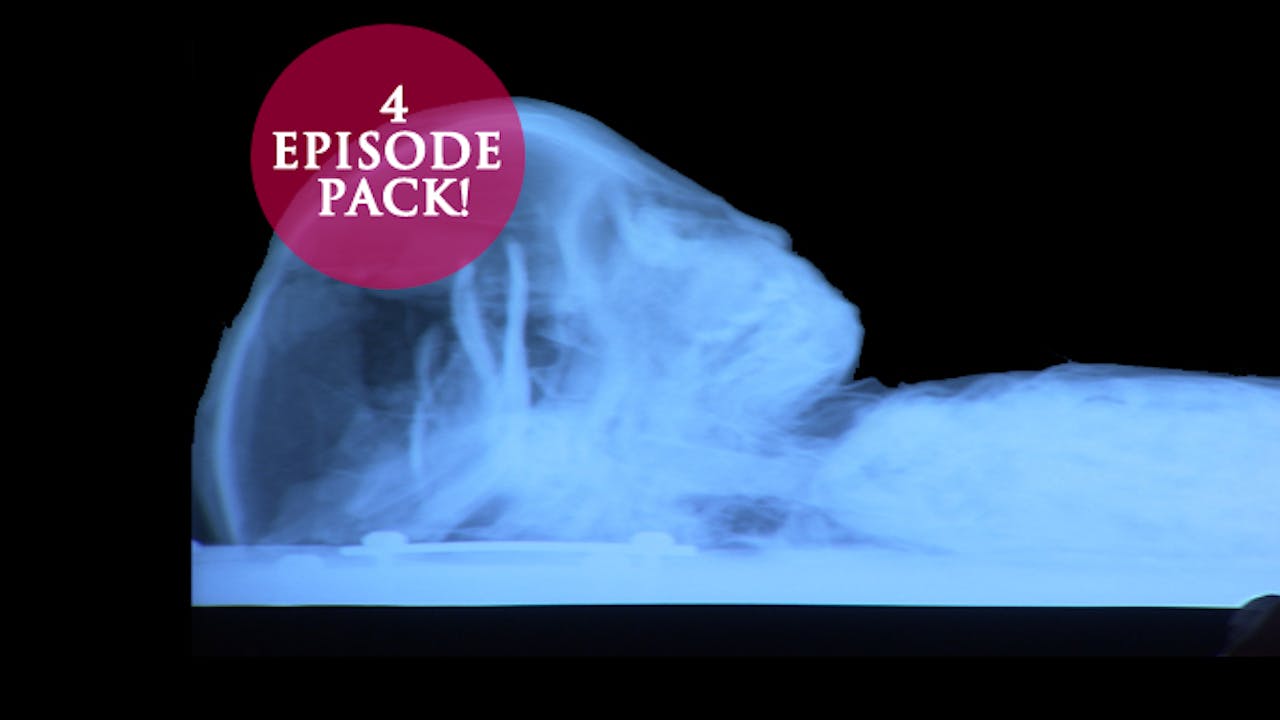
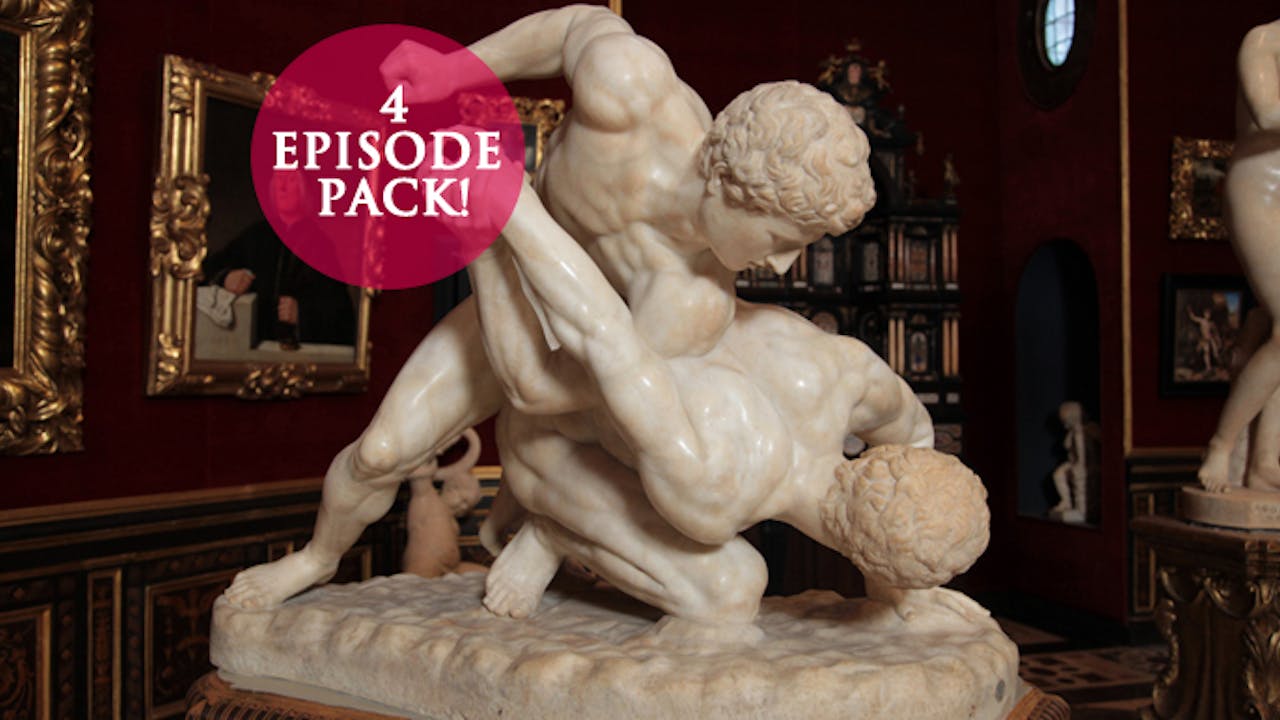
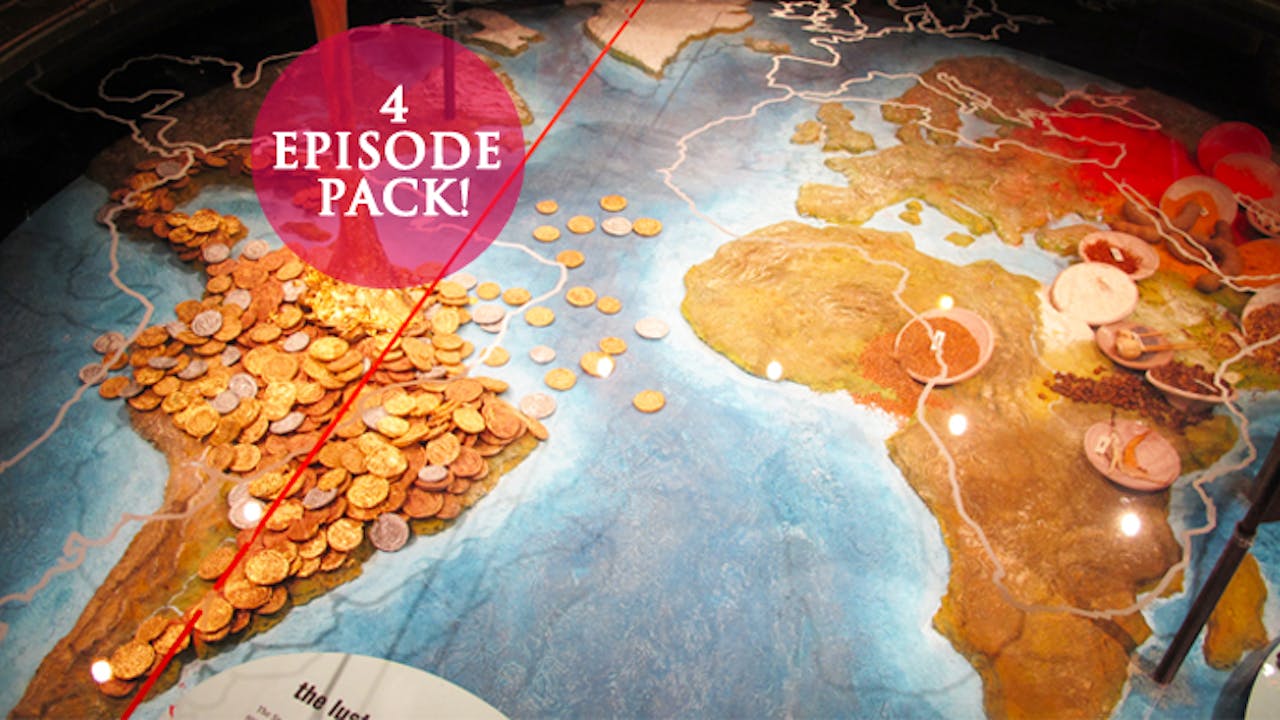
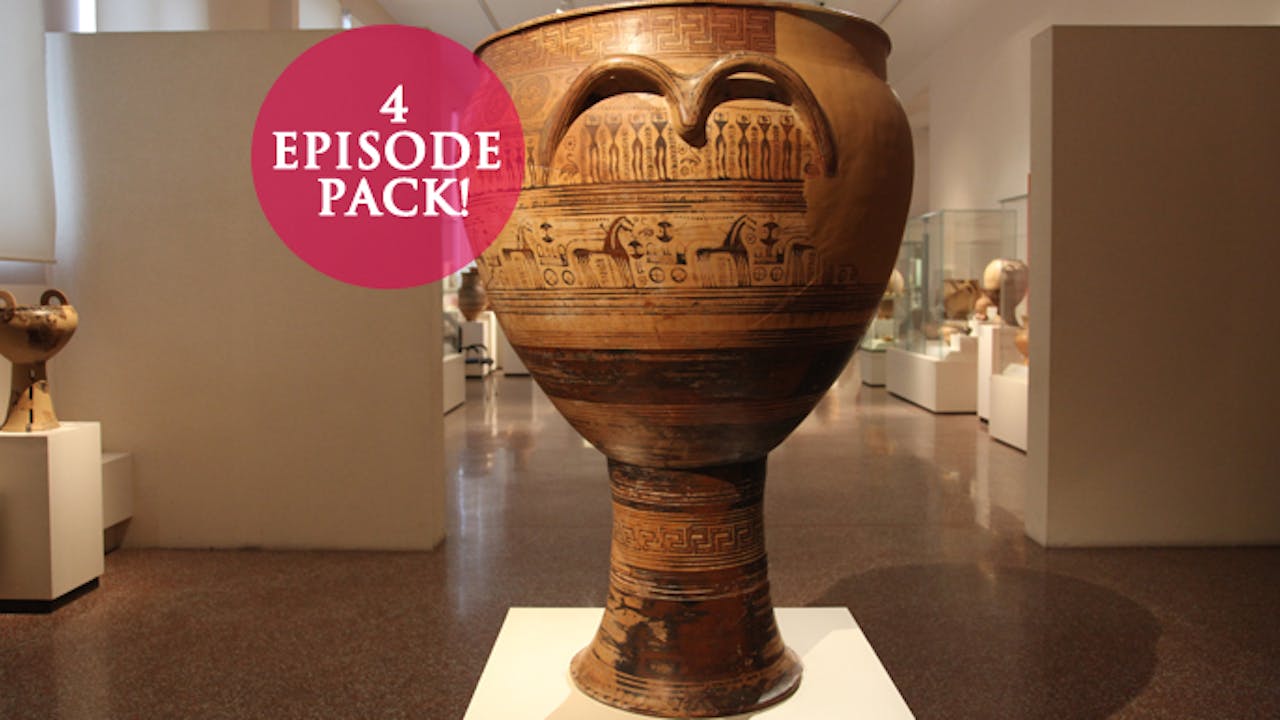

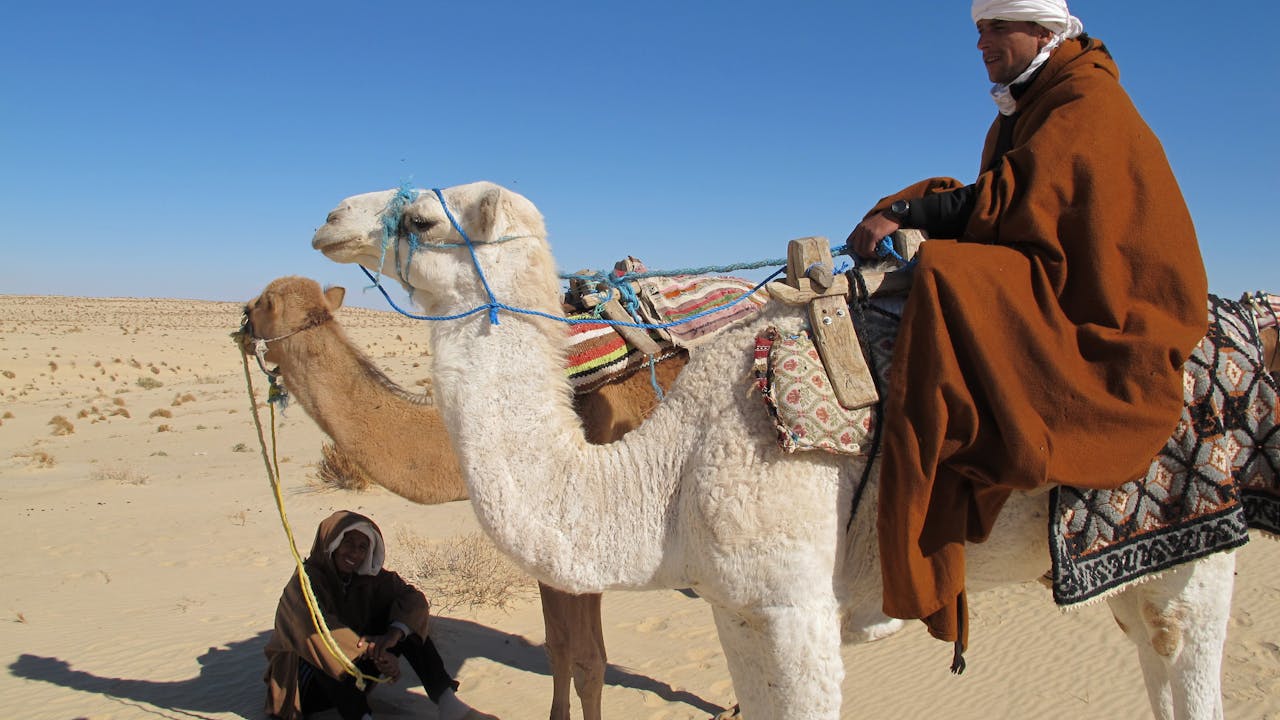

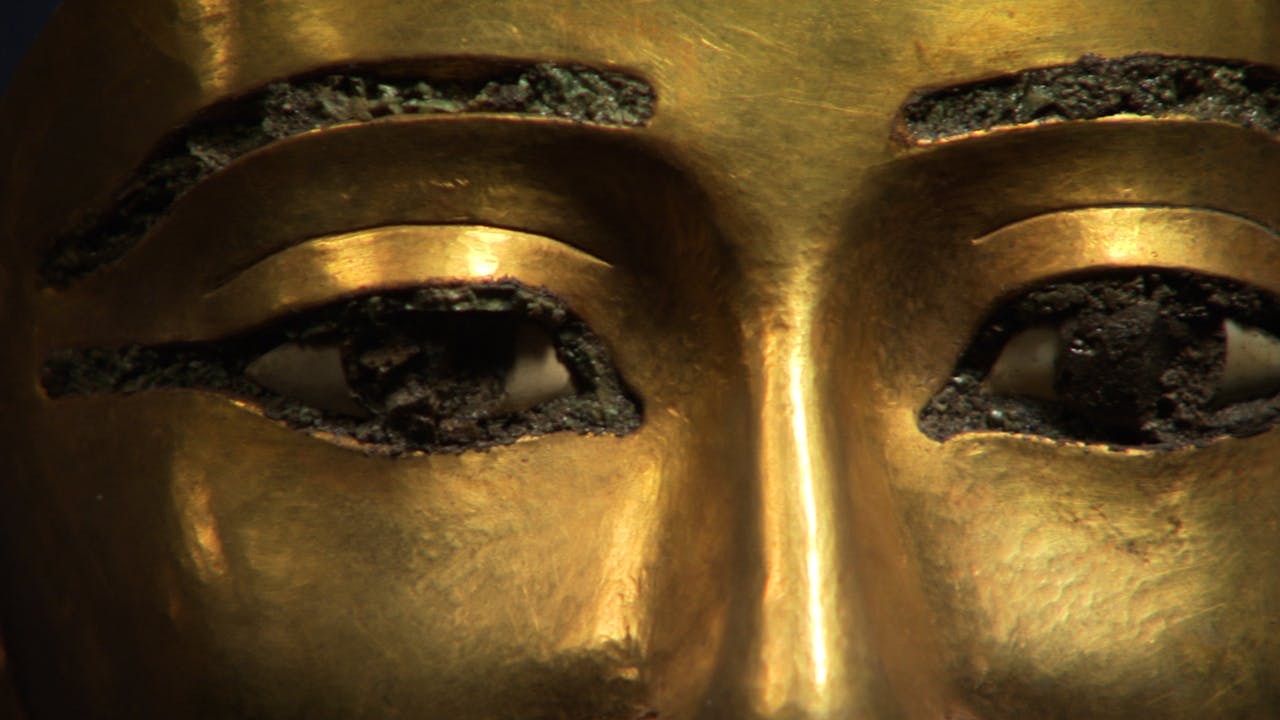
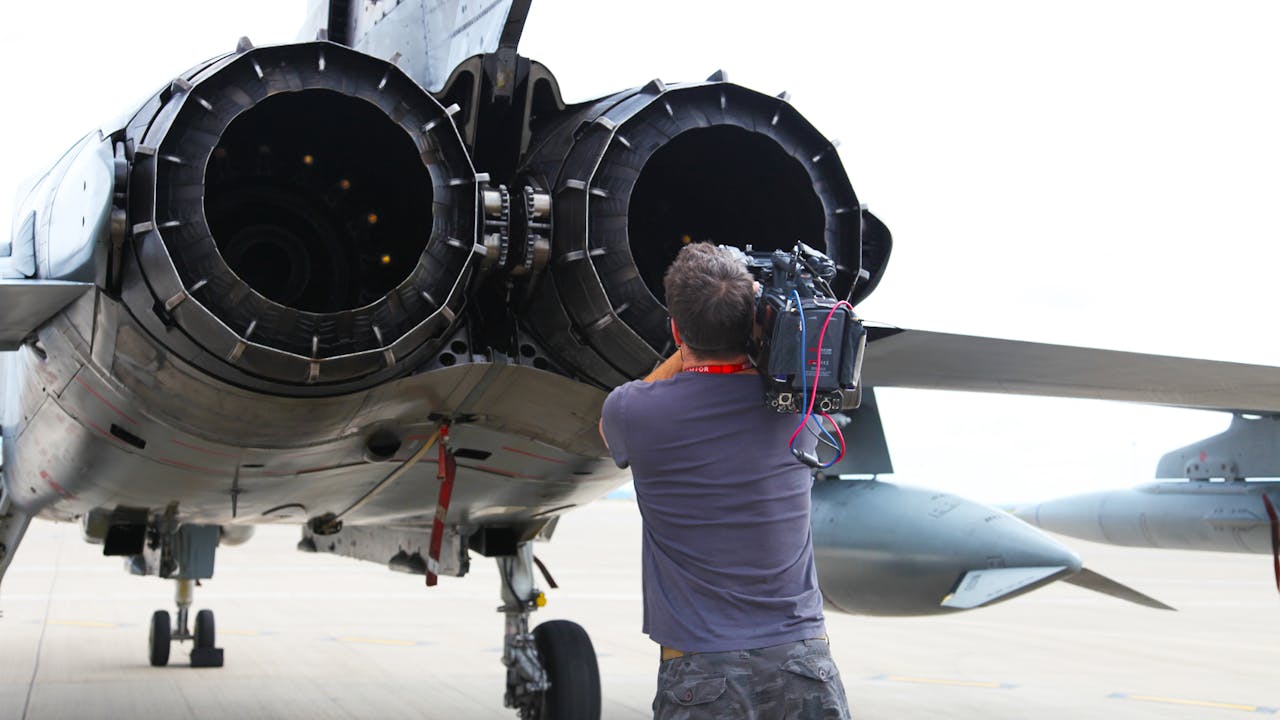
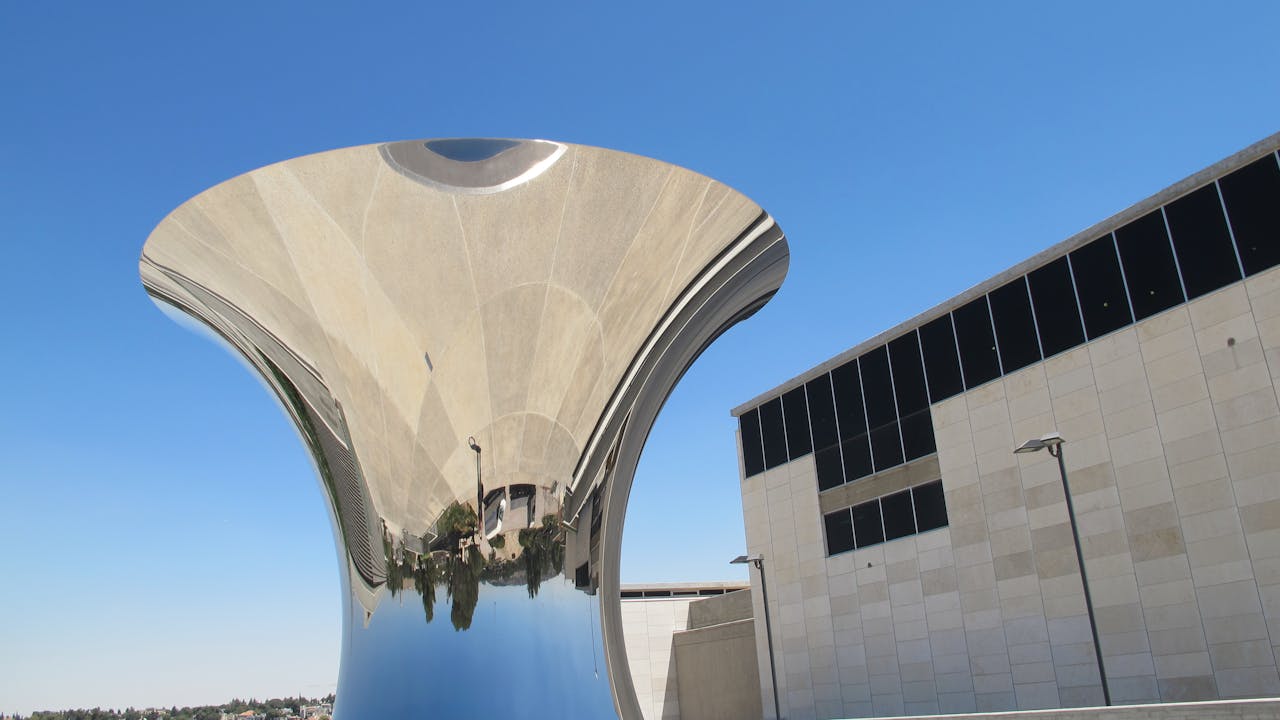
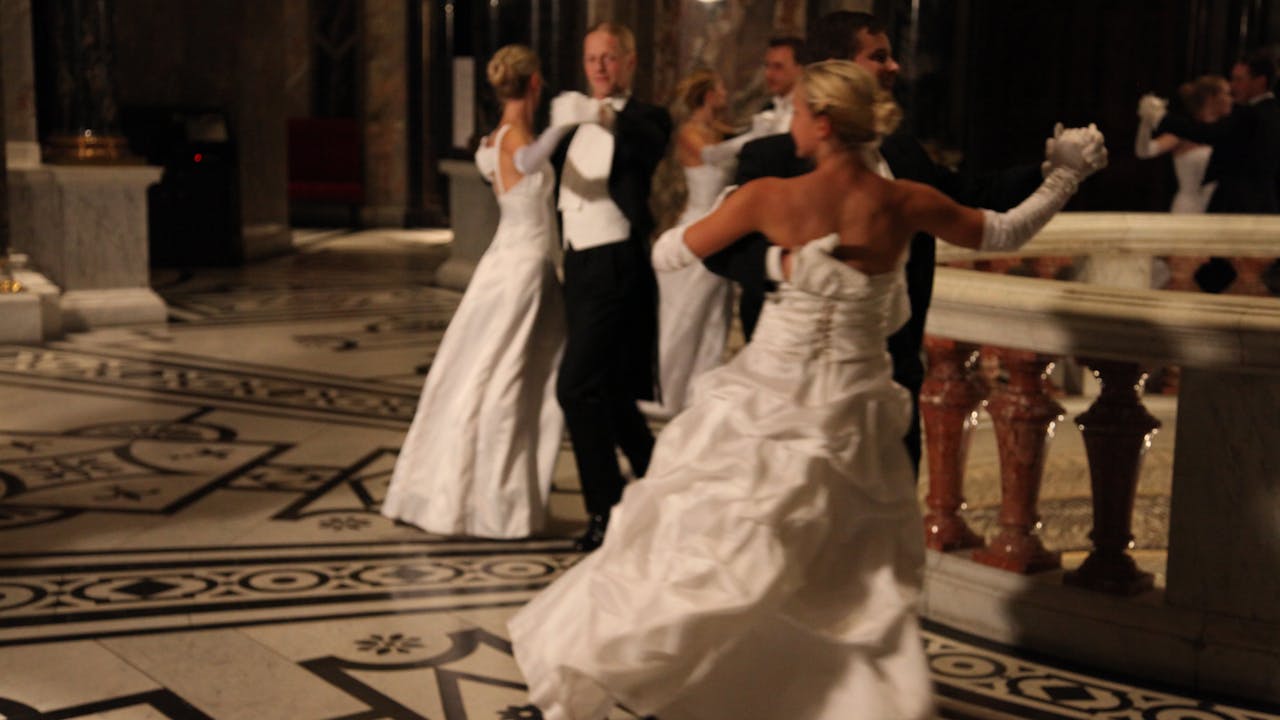
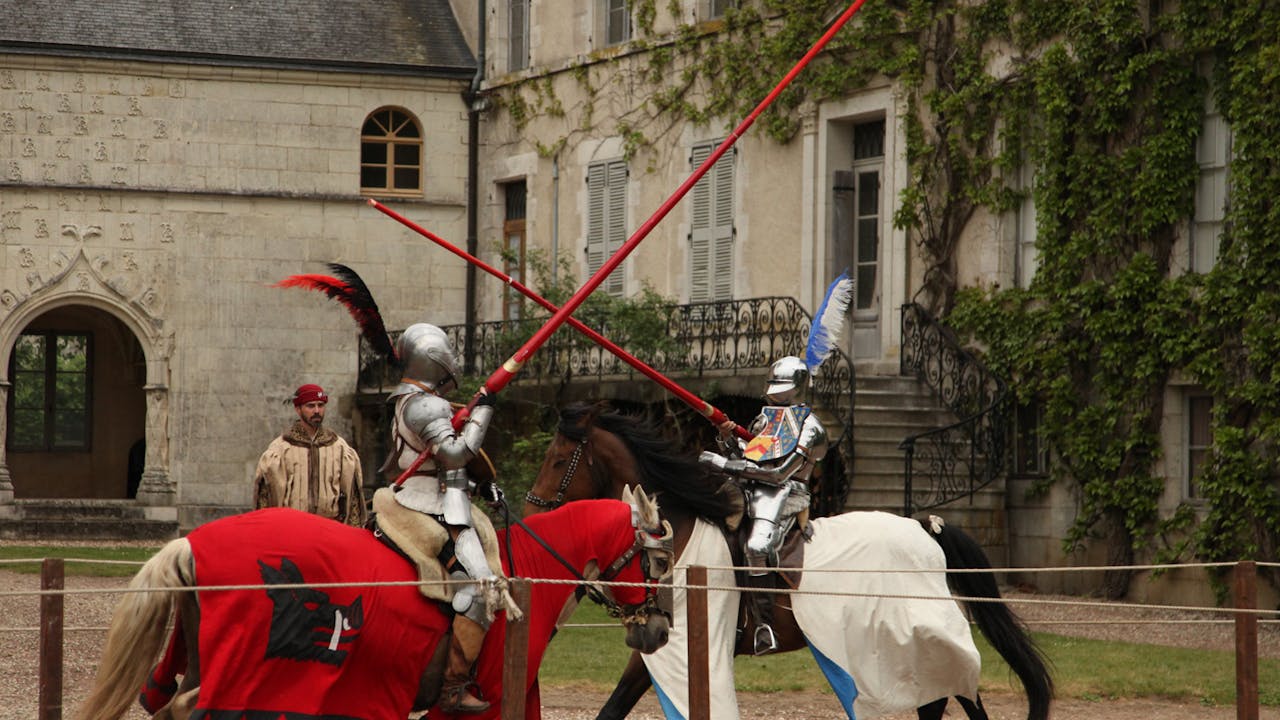
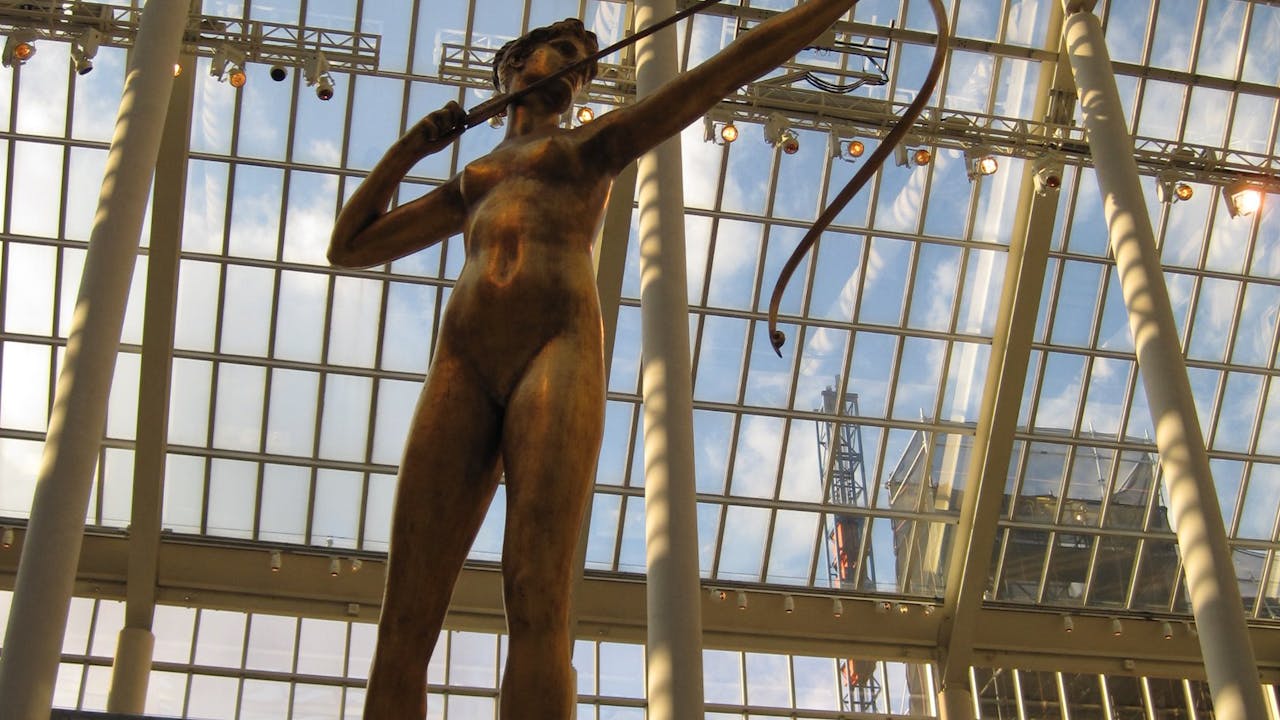
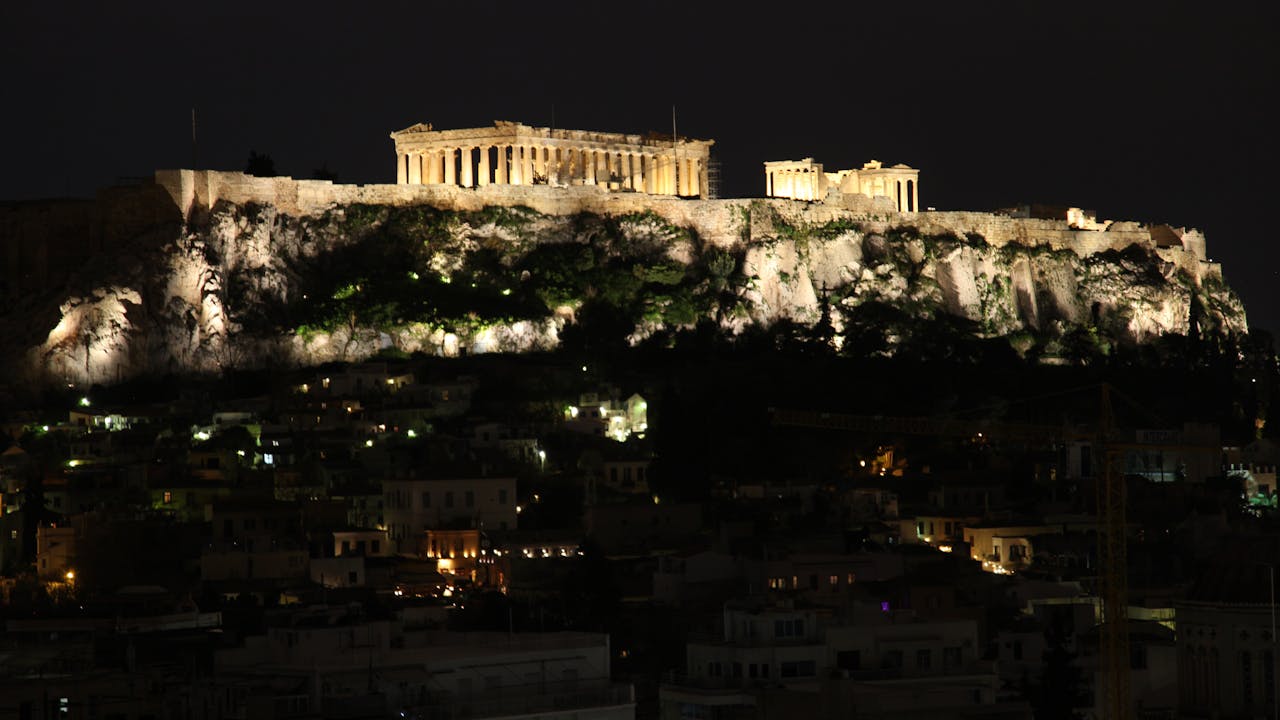
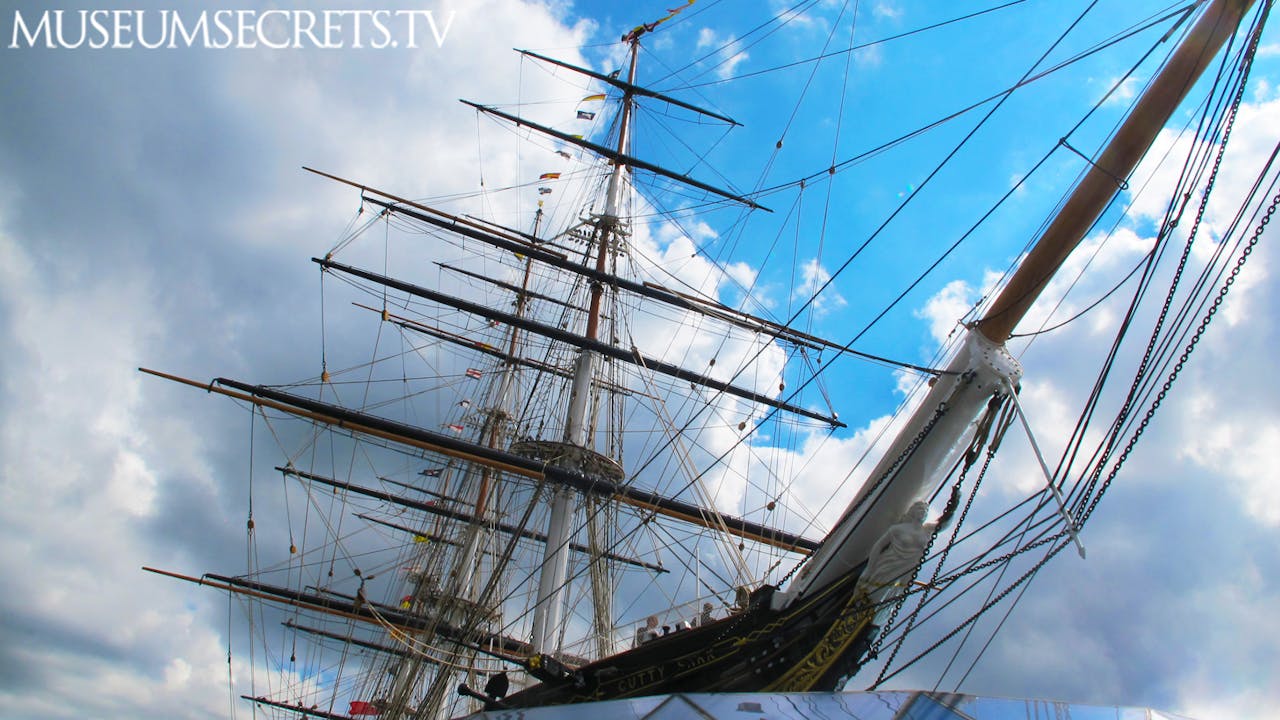
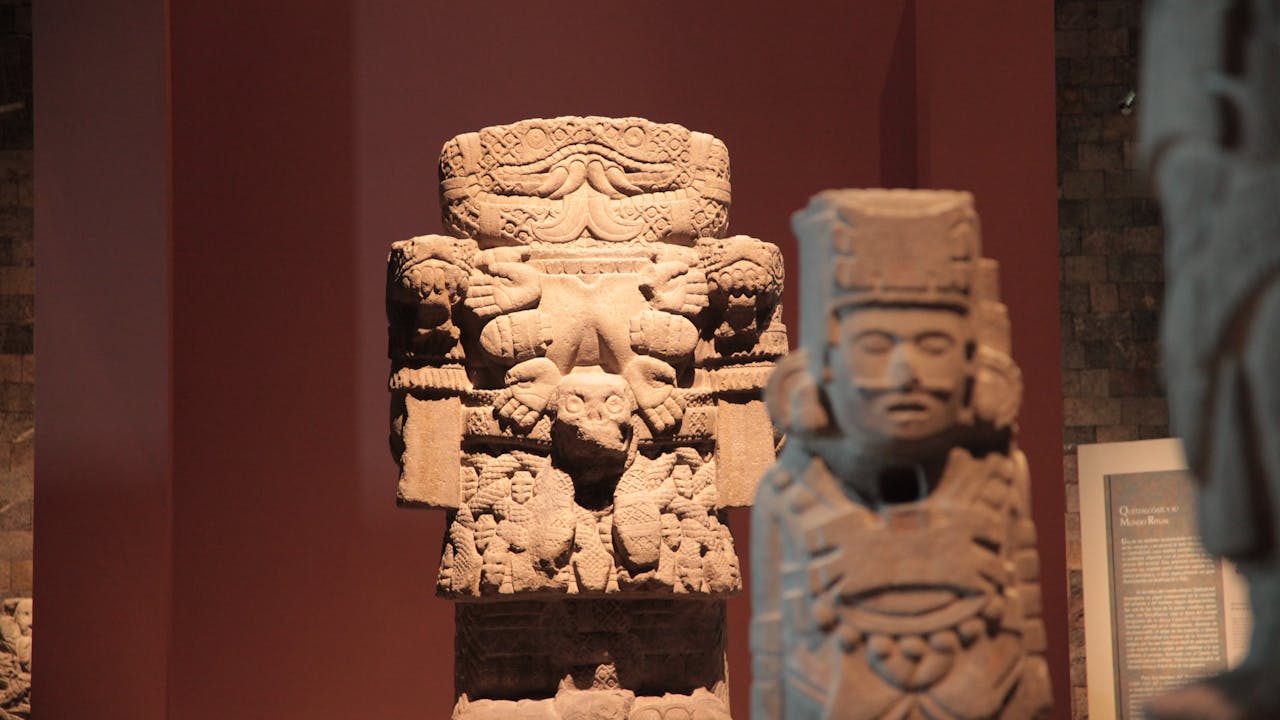
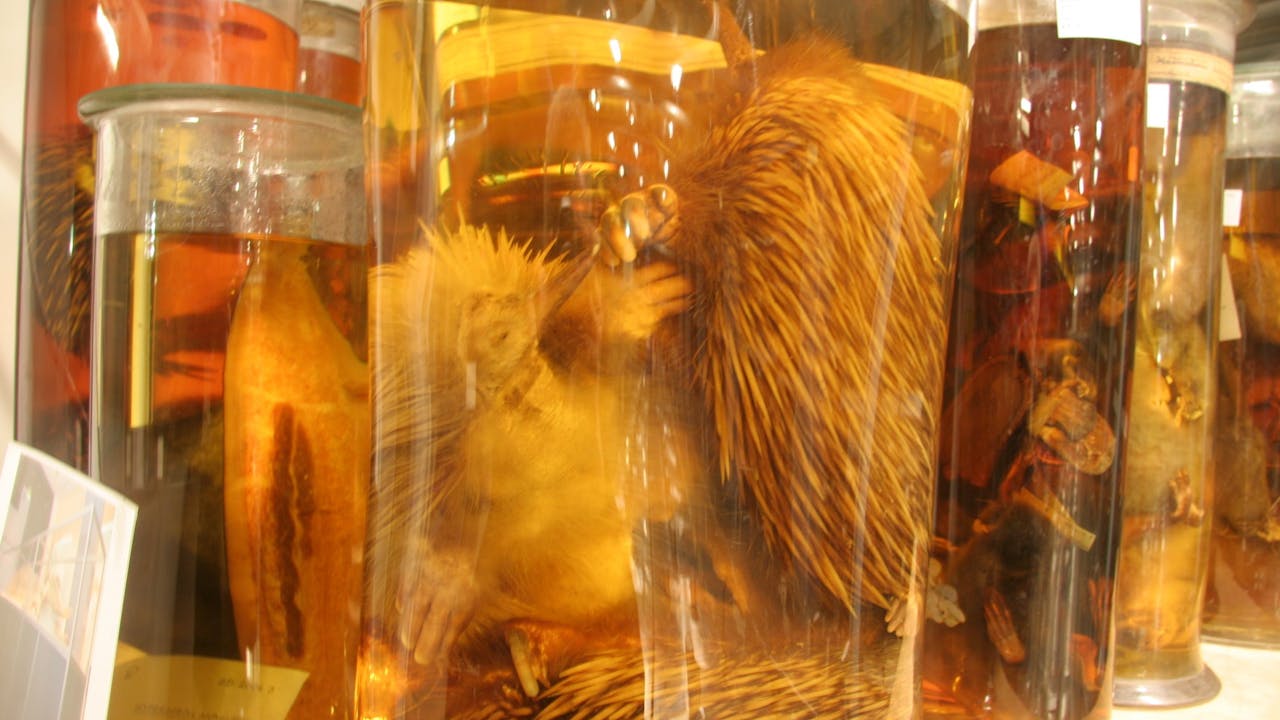
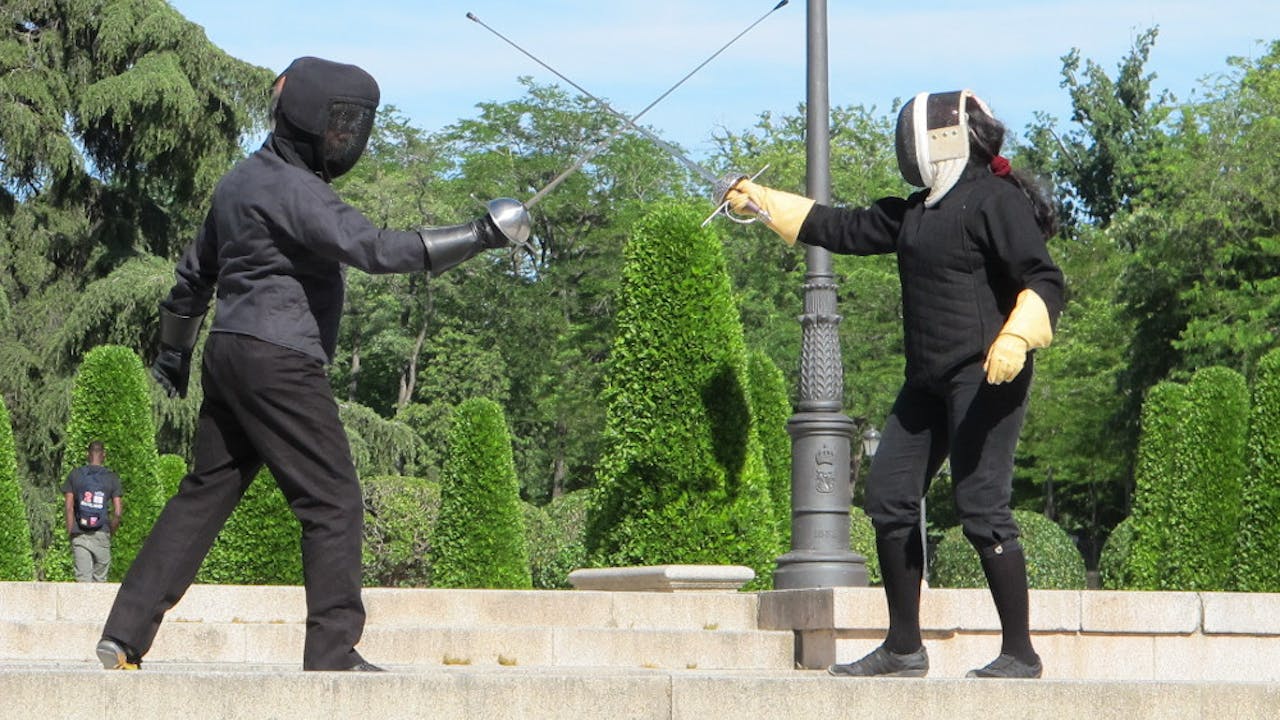
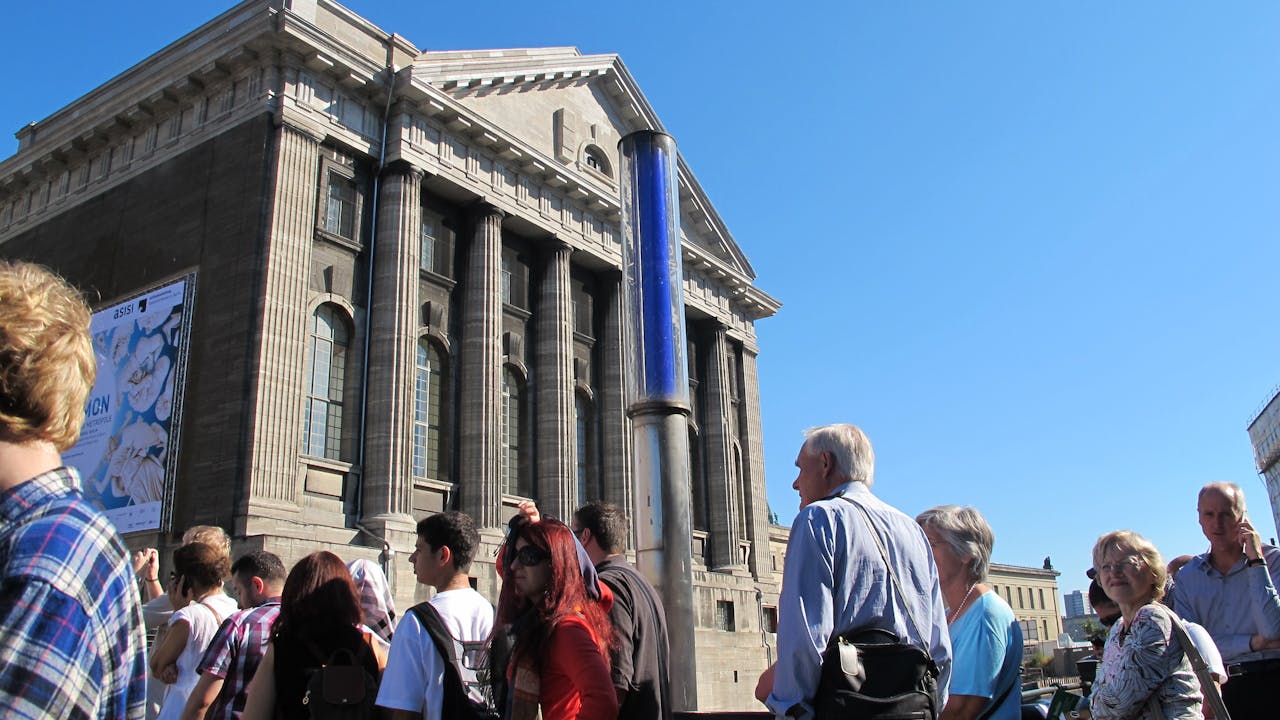
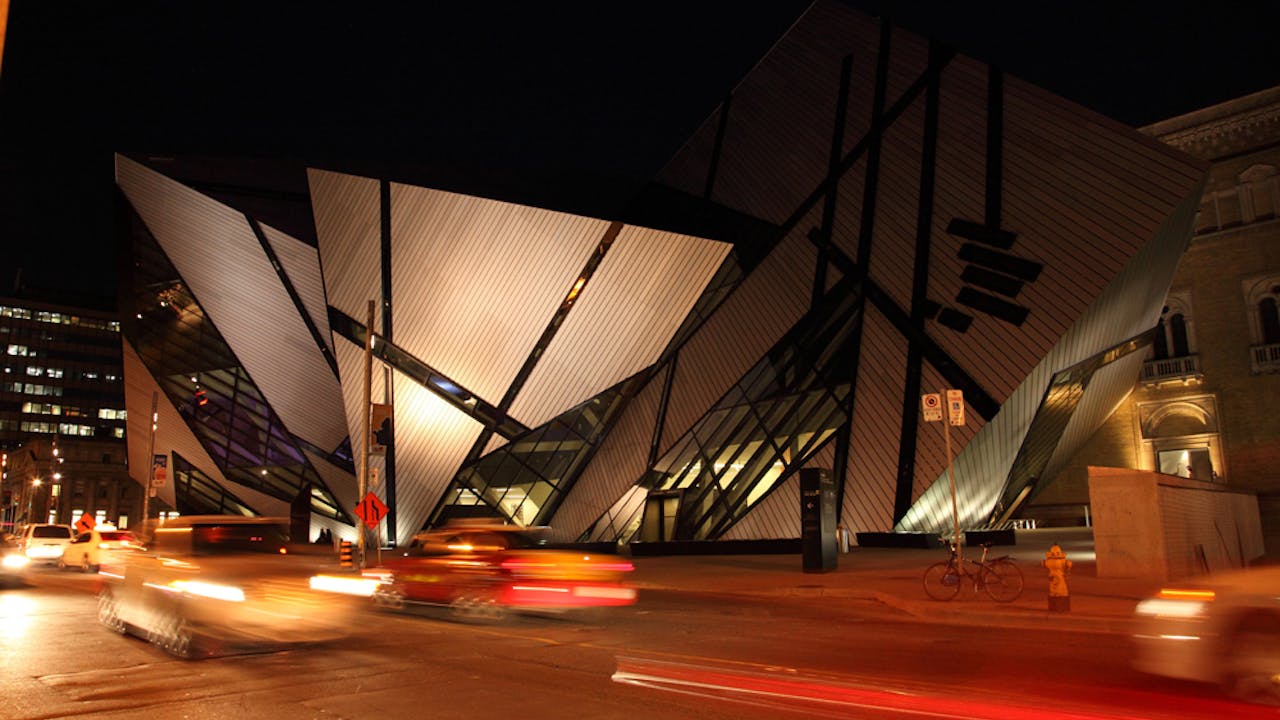
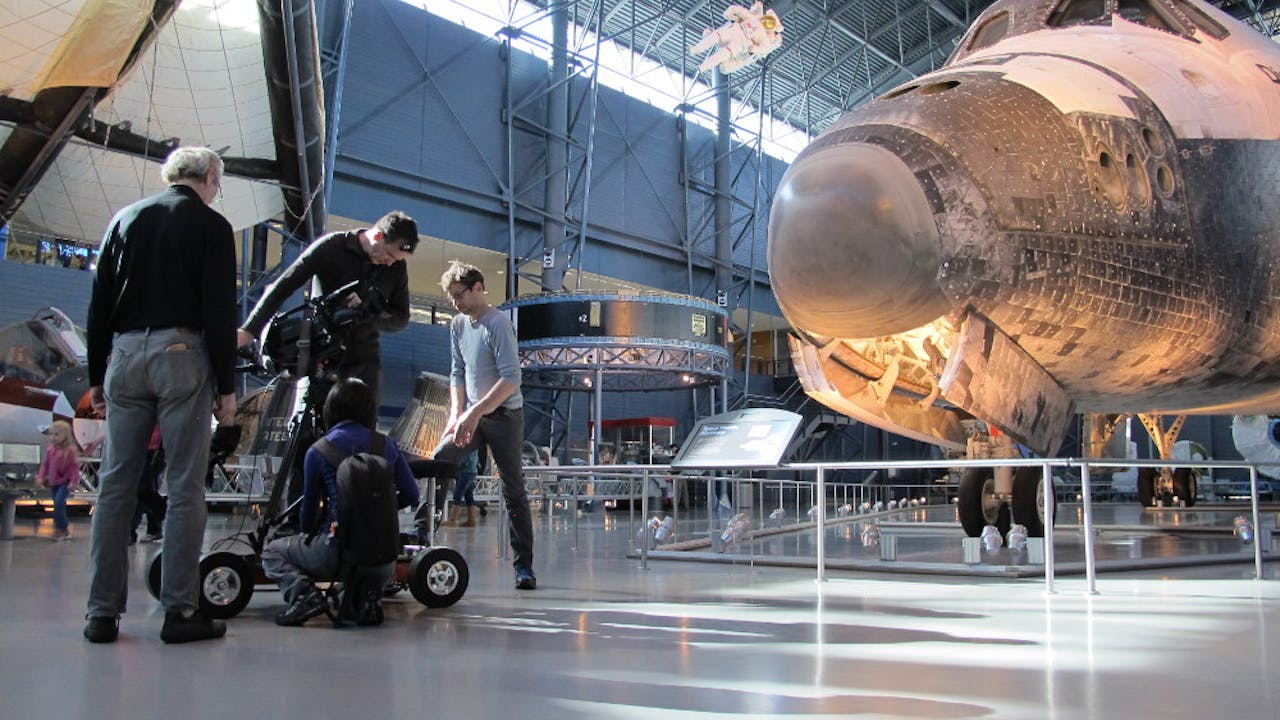
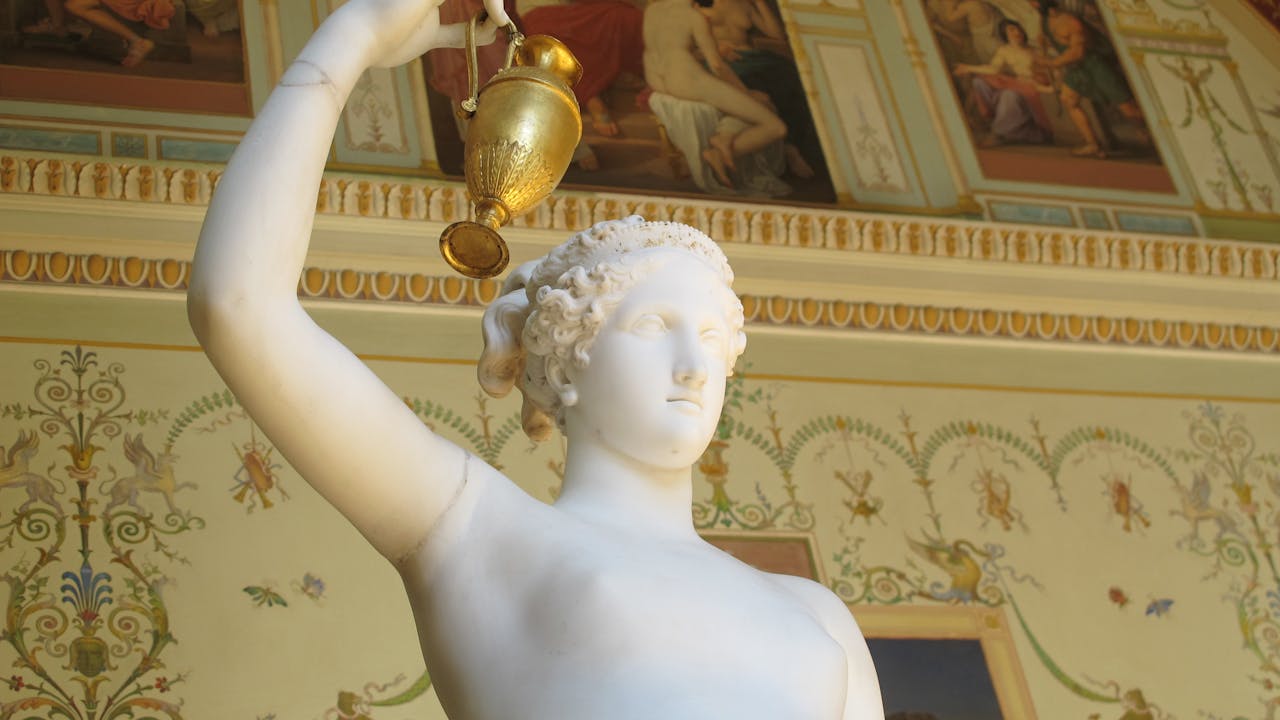
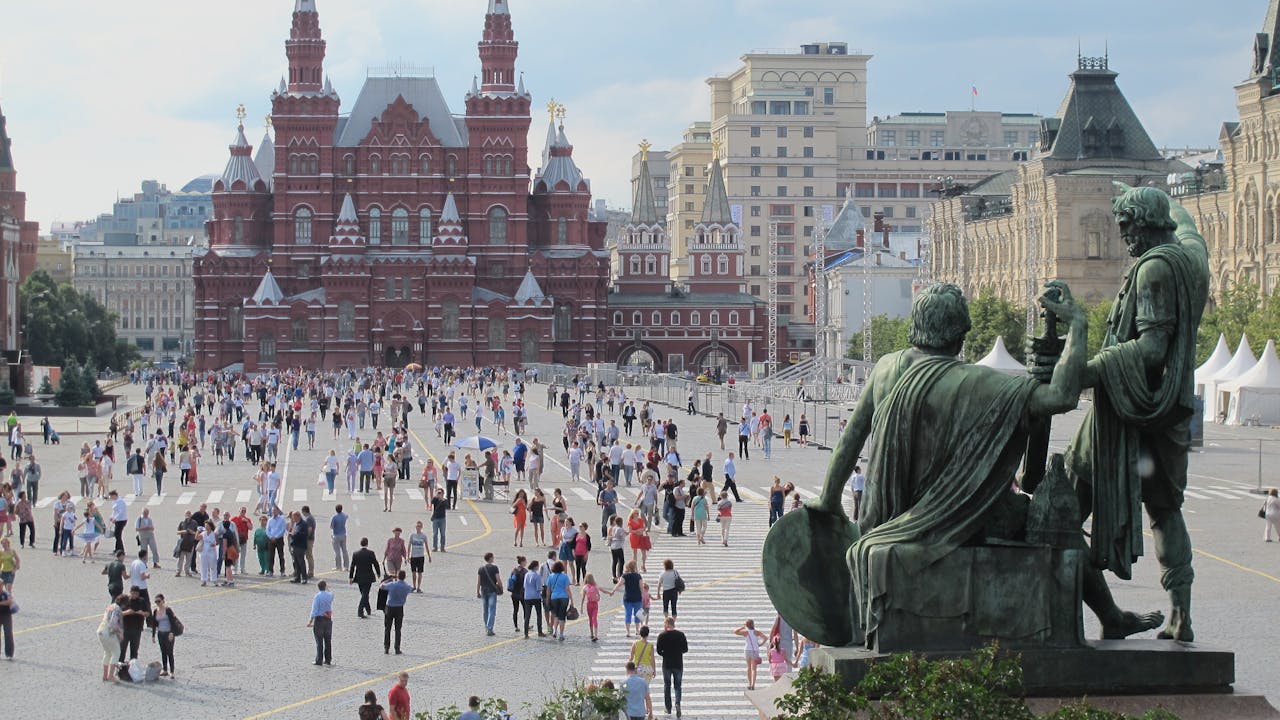
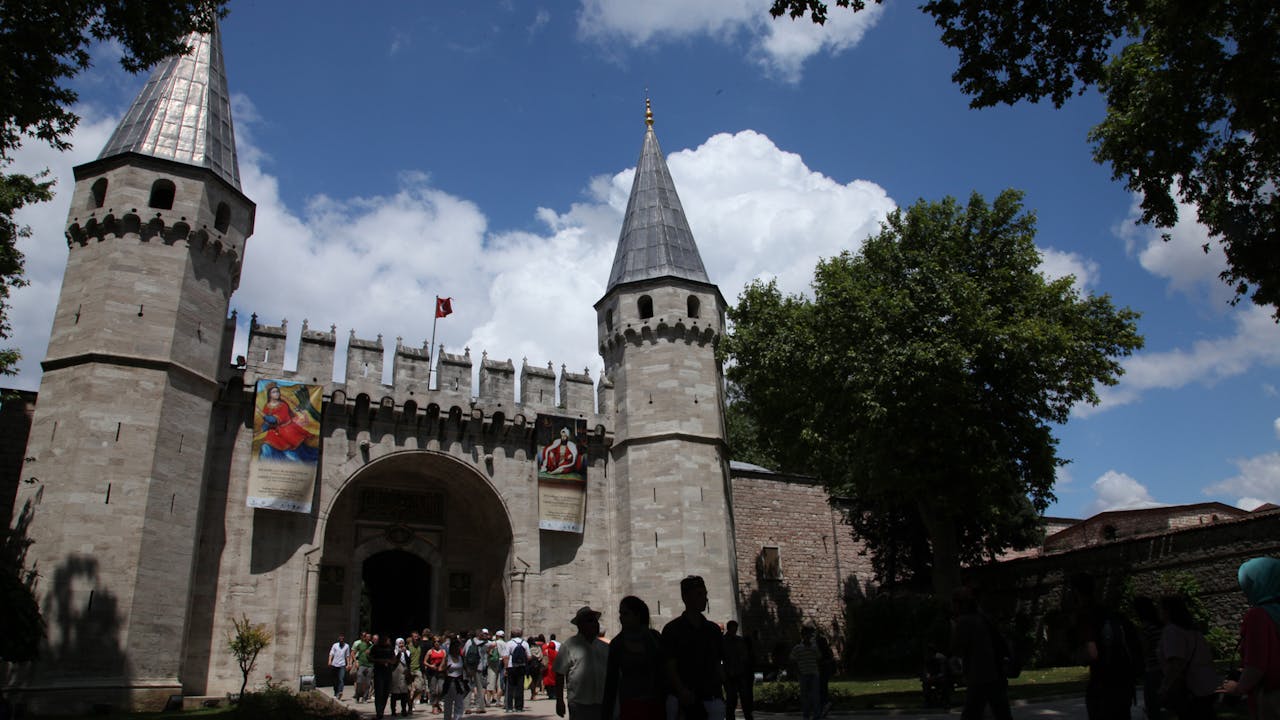
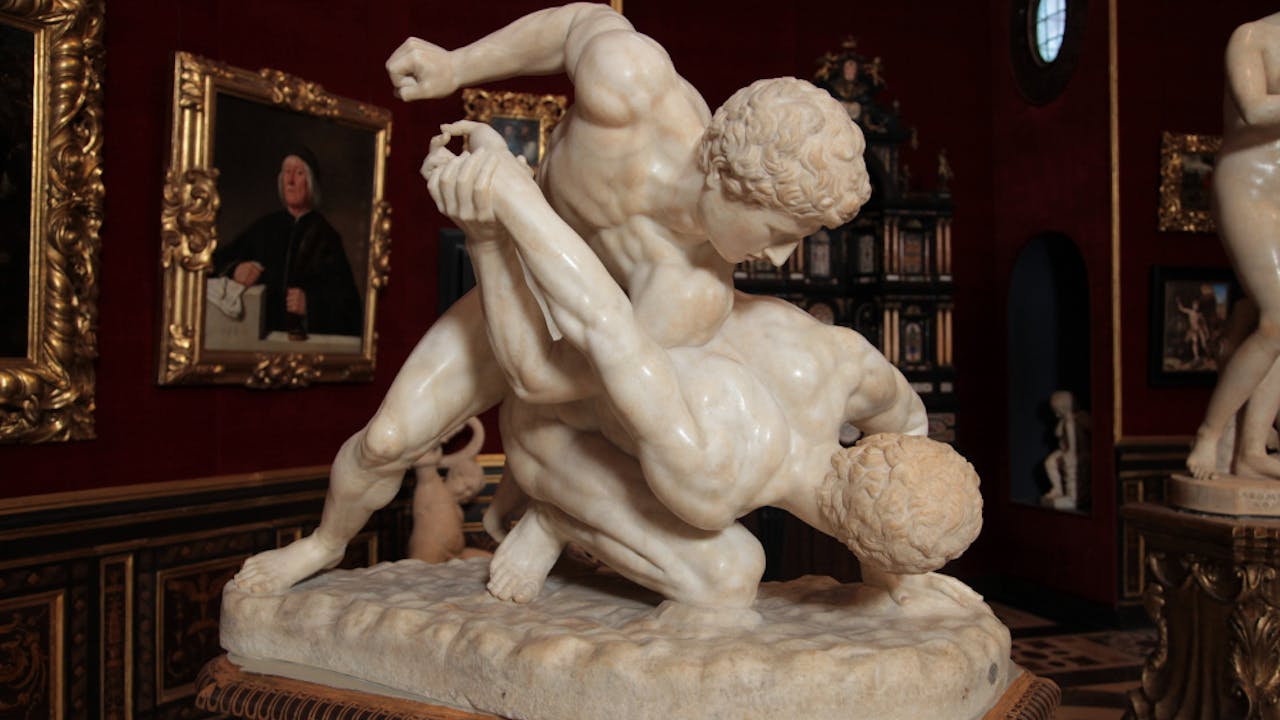
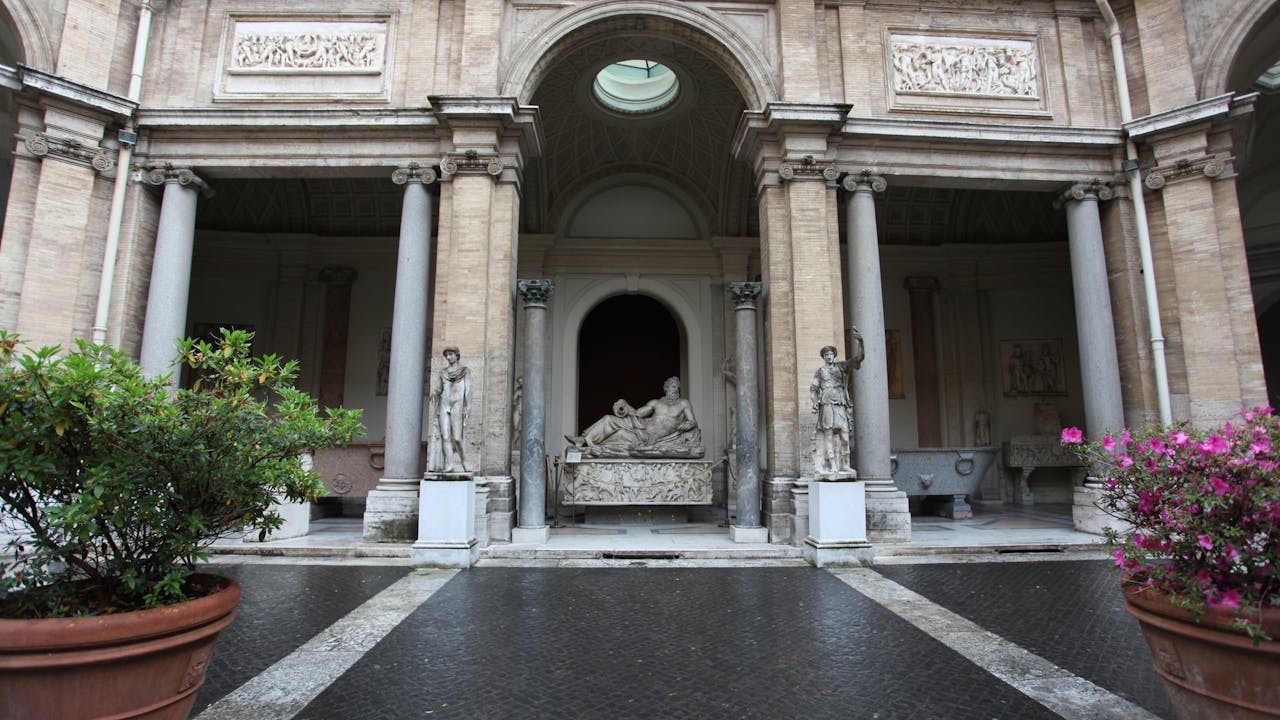
Follow the producer of Museum Secrets: